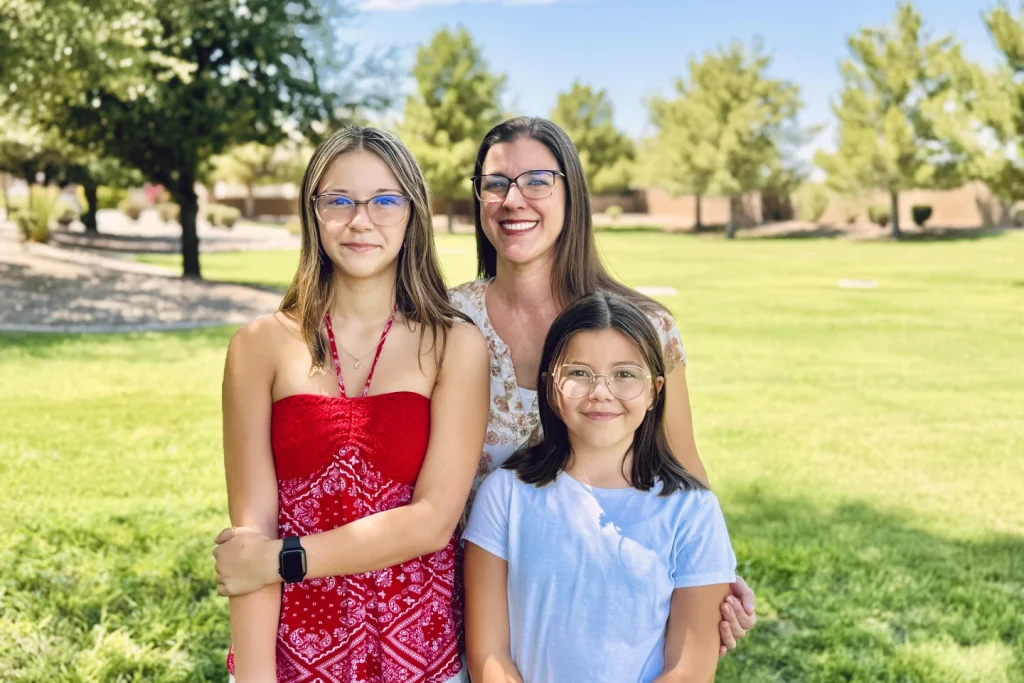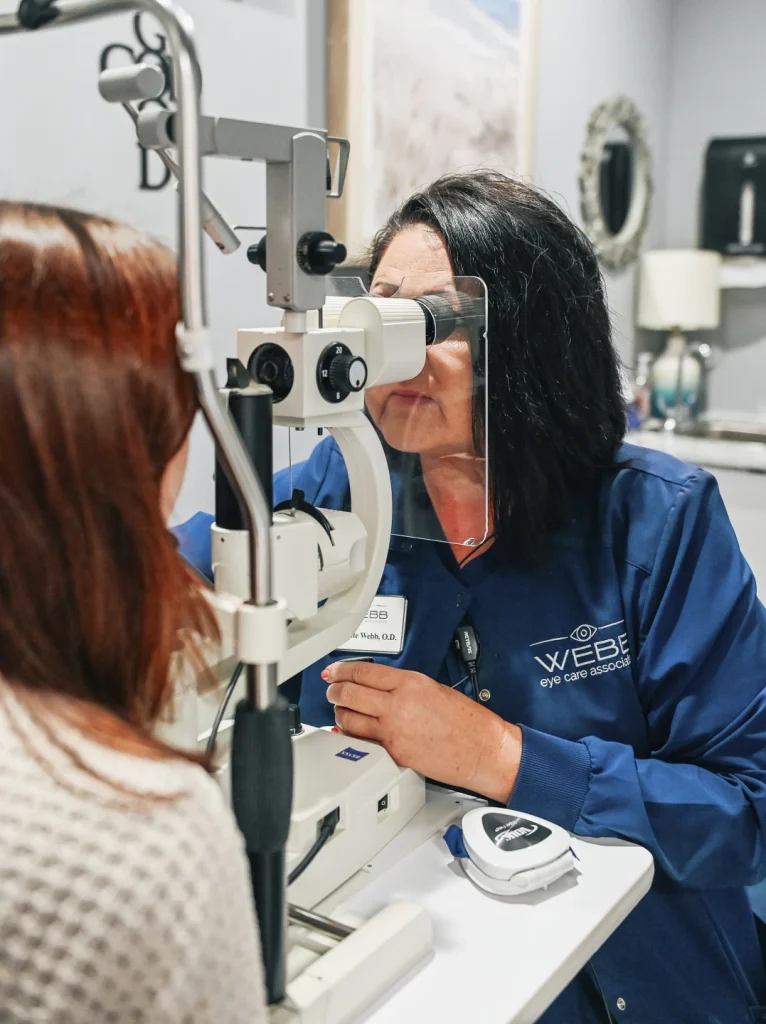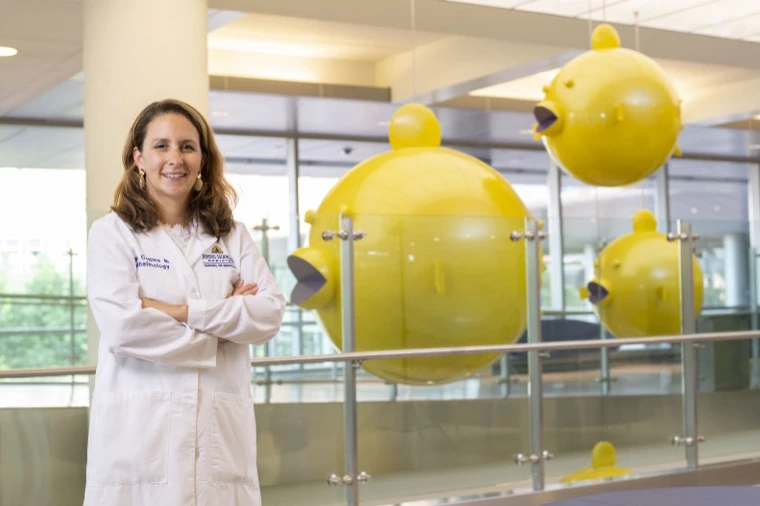In the realm of childhood education, the significance of addressing vision problems cannot be overstated. The anecdote of Audrey Jost, a dedicated third-grade teacher in Gilbert, Arizona, serves as a poignant illustration of how undiagnosed vision issues can profoundly impact a child’s educational experience.
When a young boy in her classroom expressed distress over headaches and academic struggles, Jost’s intervention not only led to a simple solution—an eye test—but also catalyzed a remarkable transformation in the child’s academic and social life.
This incident highlights a critical yet often overlooked aspect of child development: the necessity of regular vision screenings, particularly at the onset of a new school year.
According to the American Optometric Association, approximately one in four children enters school with some form of vision impairment.
These issues, which may remain undiagnosed, can significantly hinder a child’s ability to learn, engage in physical activities, and interact with their peers.
The challenge lies in the fact that many children are unaware of their visual limitations; they lack a frame of reference to understand that their perception of the world may differ from that of their classmates.
As Annette Webb, an optometrist from Hot Springs, Arkansas, notes, children often do not recognize their vision problems until they receive corrective lenses.
This lack of awareness can lead to a range of behavioral issues, including disengagement from classroom activities, which may be misinterpreted as disruptive behavior or academic dishonesty.
Educators and parents should be vigilant in recognizing signs that may indicate a child is struggling with vision problems.
Symptoms such as frequent squinting, the need to reposition themselves in the classroom for a better view, and complaints of headaches—especially in the afternoon—are all potential indicators of eye strain.
Megan Collins, an ophthalmologist at Johns Hopkins University, emphasizes the importance of addressing any complaints related to vision, including excessive eye rubbing, redness, or difficulty navigating their environment.
These symptoms warrant immediate attention and should prompt a comprehensive eye examination to identify any underlying issues.
While routine vision screenings are mandated in most states, they are merely the first step in identifying children at risk for vision problems. Collins advocates for the enhancement of in-school vision programs, particularly in underserved communities where access to eye care may be limited.
The end of summer serves as an opportune moment to remind families of the critical role that vision plays in learning and development.
Annual check-ups with pediatricians should include routine vision screenings, which can help detect common visual impairments.

However, it is vital to recognize that children with a family history of eye diseases, those with conditions like diabetes, or those taking medications that may affect vision should receive comprehensive eye exams annually.
The profound change observed in Audrey Jost’s student after receiving contact lenses underscores the transformative power of proper vision correction.
This boy’s experience is not an isolated case; numerous educators have witnessed similar transformations in their students.
When a child’s vision is corrected, the benefits extend beyond mere academic improvement; they also encompass enhanced social interactions and increased self-esteem.
A child who can see clearly is more likely to engage with peers, participate in classroom discussions, and approach learning with enthusiasm.
In the contemporary educational landscape, the significance of vision care cannot be overstated, particularly for children who may not have access to an optometric vision plan or the financial capability to afford corrective eyewear.
In such circumstances, it is incumbent upon parents or guardians to consult with the school nurse, as many educational institutions—especially those situated in large urban centers or underserved communities—are increasingly implementing programs designed to provide essential eye examinations and spectacles at no cost to families in need.
Furthermore, a plethora of private organizations, including well-established civic associations such as Lions Club International and VSP Eyes of Hope, which is affiliated with one of the foremost vision insurance providers, offer additional initiatives aimed at supplying low-income families with discounted or complimentary eyeglasses.
It is crucial that once vision impairments are remedied, a concerted effort is made by both parents and educators to ensure that children consistently wear their glasses, as emphasized by expert Collins, who posits that vigilant communication between home and school is vital for fostering this practice.
Fortunately, the antiquated stereotype associating glasses with a negative connotation, often exemplified by the image of a socially awkward child adorned with overly thick lenses, has significantly diminished in cultural resonance.
Collins notes a positive shift in this paradigm, stating, “The exciting thing is that in a school setting, kids tend to enjoy wearing glasses these days,” reflecting a burgeoning appreciation for the diverse styles and vibrant colors of modern eyewear, a distinct contrast to the experiences of previous generations.
This transformation not only aids in the normalization of corrective lenses among the youth but also enhances their self-esteem, thereby contributing positively to their overall educational experience.
As the back-to-school season approaches, it is imperative for parents and educators to prioritize vision health as an integral component of a child’s educational journey.

The narrative of Audrey Jost and her student serves as a compelling reminder of the importance of early detection and intervention in addressing vision problems.
By fostering a culture of awareness and proactive health management, we can ensure that children are equipped with the visual tools they need to thrive academically and socially.
In doing so, we not only enhance their learning experiences but also contribute to their overall well-being and development.
The call to action is clear: let us make vision screenings a fundamental aspect of our back-to-school checklist, ensuring that every child has the opportunity to see the world clearly and reach their full potential.
